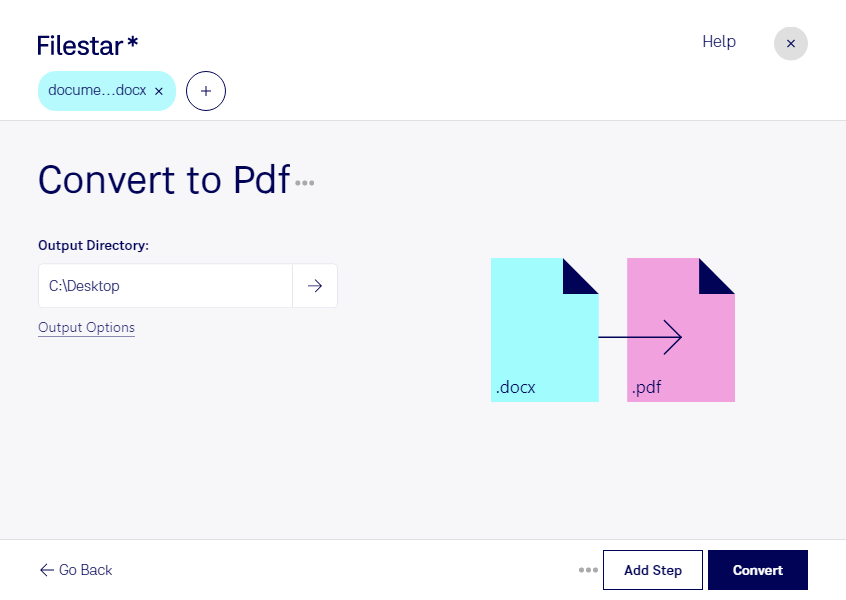

- #MICROSOFT OPEN XML CONVERTER .DOCX FILES HOW TO#
- #MICROSOFT OPEN XML CONVERTER .DOCX FILES PDF#
- #MICROSOFT OPEN XML CONVERTER .DOCX FILES ARCHIVE#
xml contains information about the types of media inside the document. Our simple document has no embedded resources, so the relationship tag is empty:

This file defines references to resources, such as images, embedded in the document content. In this case, it references word/document.xml: This defines the reference that tells MS Word where to look for the document contents. Let’s break it down by file from here, from the top: _rels/.rels Here’s the structure of our simplified, minimal DOCX document (and here’s the project on github): If you have any unresolved/missing references, MSWord will consider the file broken. Here is a code-diff example on how I’ve cleared dependencies to app.xml and core.xml. When you delete a file, make sure you have deleted all the relationship references to it from other the xml files. To start, let us remove the unused stuff and focus on document.xml, which contains the main text elements. If you create a new, empty Microsoft Word document, write a single word ‘Test’ inside and unzip it contents, you will see the following file structure:Įven though we’ve created a simple document, the save process in Microsoft Word has generated default themes, document properties, font tables, and so on, in XML format.
#MICROSOFT OPEN XML CONVERTER .DOCX FILES ARCHIVE#
A Simple DOCX fileĪ DOCX file is a ZIP archive of XML files. You can find the files that accompany this article in the toptal-docx project on my github account. This article is an intermediary between the huge, complex ECMA specification and the simple internet tutorials currently available. In this article I will explain the DOCX file structure, summarising information that is scattered over the internet. I worked for about a year on a collaborative DOCX editor, CollabOffice, and I want to share some of that knowledge with the developer community. Seeing and understanding exactly what’s going on in the XML will help that.
#MICROSOFT OPEN XML CONVERTER .DOCX FILES HOW TO#
You’ll face some cases where the DOCX doesn’t format properly in MS Word and you don’t know why, or come across instances when it’s not evident how to generate the desired formatting. The best way to understand the format is to create a simple one-word document with MSWord and observe how editing the document changes the underlying XML. I’d like to give you enough information on DOCX internals so you don’t have to reference the ECMA specifications, a massive 5,000 page manual. While DOCX is a complex format, you may want to parse it manually for simpler tasks such as indexing, converting to TXT and making other small modifications. This is why most business documents are created in the DOCX format there’s no good alternative to replace it.
#MICROSOFT OPEN XML CONVERTER .DOCX FILES PDF#
The PDF format is not a competitor because PDFs can’t be edited and they don’t contain a full document structure, so they can only take limited local changes like watermarks, signatures, and the like. Its closest competitor - the ODT format - is only supported by Open/LibreOffice and some open source products, making it far from standard. With approximately one billion people using Microsoft Office, the DOCX format is the most popular de facto standard for exchanging document files between offices.


 0 kommentar(er)
0 kommentar(er)
